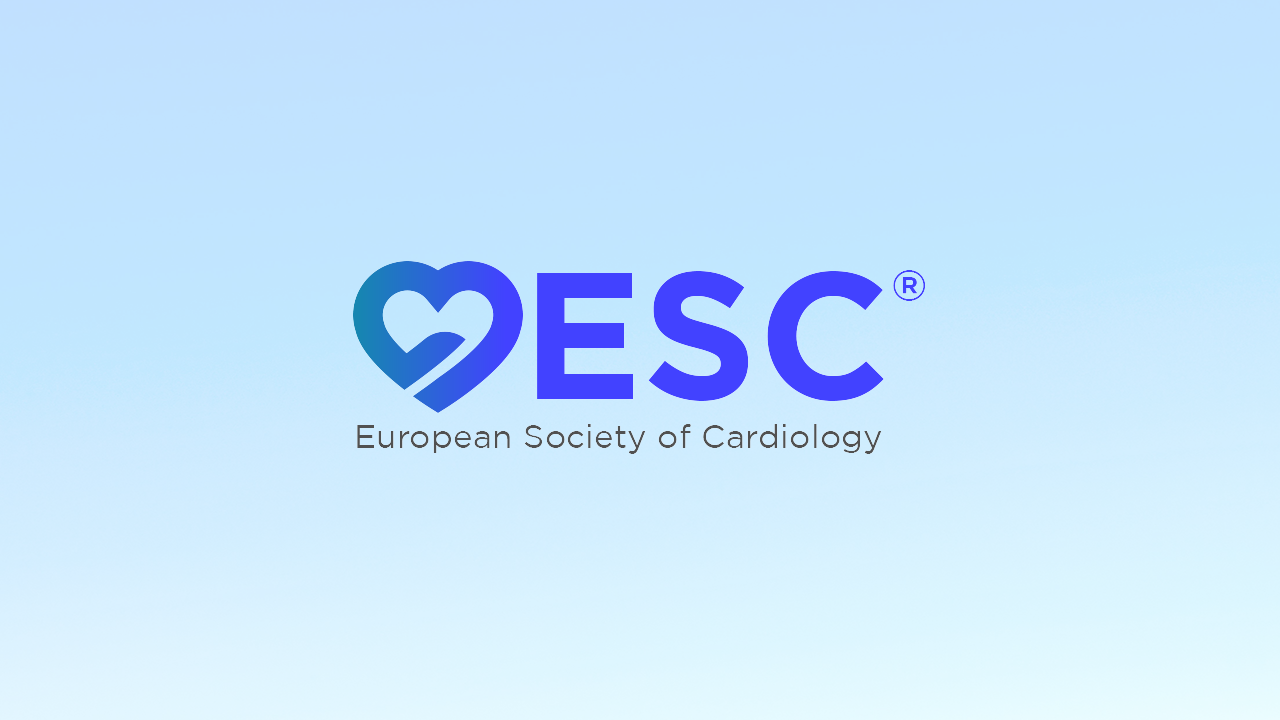
About Course
Welcome to this educational update on the key highlights from the European Society of Cardiology (ESC) Congress 2025. This course is designed to provide clinicians with a concise overview of the most impactful clinical trials and research presented, with a focus on translating new evidence into clinical practice. We will explore four major themes that emerged from this year’s congress: addressing neglected populations in cardiovascular medicine, advancing precision medicine in rare cardiomyopathies, navigating controversies in post-myocardial infarction (MI) management, and understanding the role of inflammation as a cardiovascular risk factor. Each module will delve into a key clinical trial, discuss its implications, and provide actionable insights for your daily practice.
Course Content
Module 1: Addressing Neglected Populations in Cardiovascular Medicine
-
The PARACHUTE-HF Trial: A Landmark Study
07:57
Module 2: Advancing Precision Medicine in Rare Cardiomyopathies
Module 3: Navigating Controversies in Post-Myocardial Infarction Management
Module 4: Understanding Inflammation as a Cardiovascular Risk Factor
Student Ratings & Reviews

